
1. What is Inflation?
1.1. Definition of Inflation
Inflation refers to the rise in prices of goods and services over a prolonged period, leading to a decrease in the purchasing power of money. Simply put, inflation is the increase in the prices of goods and services within a specific timeframe. When inflation occurs, each unit of currency buys fewer goods and services than before.
The causes of inflation can vary, including an increase in the money supply, rising raw material costs, strong demand not matched by production, or other economic and political factors. Inflation can affect the economy and daily life, especially if incomes do not keep pace with rising prices.
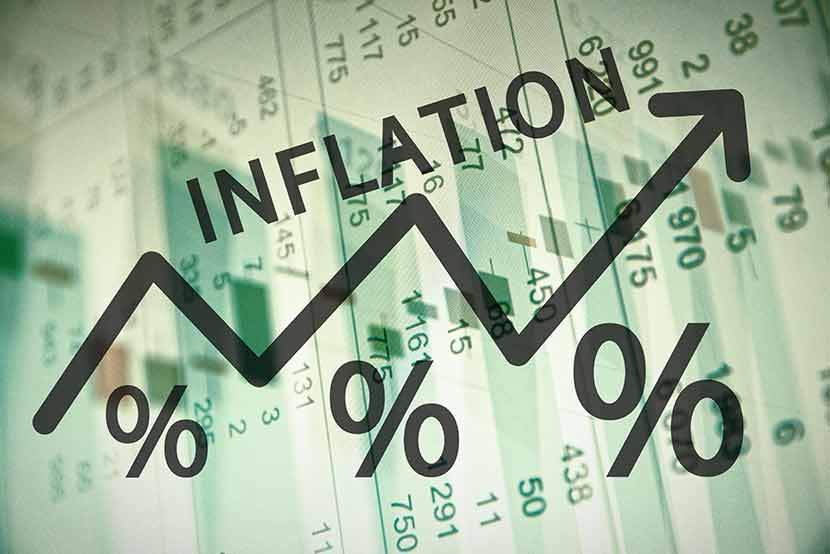
Example:
Suppose you have a mobile phone that costs 10 million VND today. If inflation occurs over the next few years with an assumed rate of 10%, this means that the price of everything increases by 10%. Therefore, after some time, the phone will cost 11 million VND. Although you still refer to it as the "10 million VND phone," its real value decreases, and you will have to spend more to purchase a similar phone. This demonstrates an effect of inflation on the value of currency.
1.2. Cryptocurrency Inflation
Token inflation, or inflation of tokens, refers to the increase in the number of circulating tokens over time. When token inflation occurs, the value of each token decreases, which can negatively impact the value of assets for investors, especially if the supply exceeds demand.
In the crypto market, inflation is related to new coins being added to the circulating supply, typically by miners and validators. For example, Bitcoin has a fixed supply cap of 21 million units, with the supply halving approximately every four years. Currently, the inflation rate is about 1.8%. The next Bitcoin halving event is expected in May 2024.
For Ethereum, the inflation rate can vary depending on network usage and miner rewards, which have changed since the Merge event. Before the Merge, Ethereum's inflation rate was about 4.6%, but after the Merge, it is predicted to drop below 0.5% per year and potentially become negative with increased network activity.
In summary, both Bitcoin and Ethereum have very low inflation rates, with future supply growth expected to be even lower.
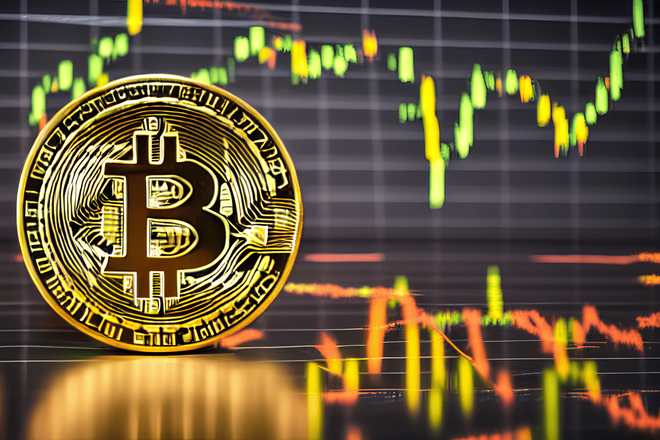
The digital asset space is a small and volatile part of the economy (with a market capitalization of about $1 trillion at the time of writing). Small changes in the cryptocurrency supply seem to have less impact compared to significant changes in consumer price indices (CPI), monetary inflation, and policies.
Practically, as long as Bitcoin’s purchasing power continues to increase relative to fiat currencies, the annual inflation rate of a few percent for Bitcoin is not a crucial factor for investors to consider.
However, not all cryptocurrencies are designed like Bitcoin. For instance, a growing category of cryptocurrency called stablecoins—many of which are pegged to fiat currencies like the dollar can be a more stable and less volatile place to save money. But if a stablecoin is pegged to a fiat currency, your investment may be affected by inflation and could depreciate over time as their reserves lose value. (Some stablecoins offer rewards, which might alter the value proposition especially when the reward rate is close to zero.)
2. How to Identify Inflation?
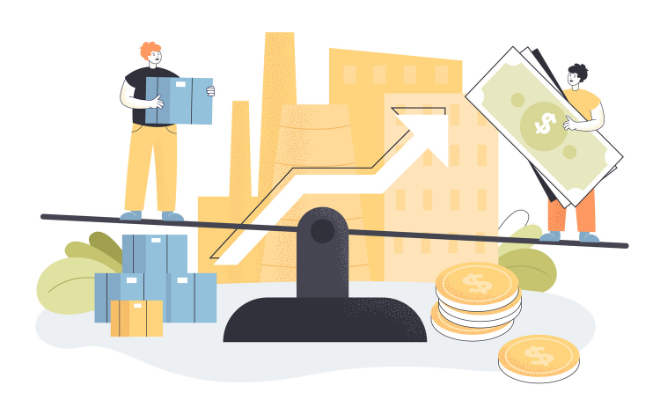
Inflation can be identified through various signs and indicators in the economy. Here are some ways to recognize inflation:
- Rising Consumer Prices: One of the clearest signs of inflation is the increase in the prices of everyday goods and services. If the prices of many items and services rise, it may be an indication of inflation.
- Increased Interest Rates: Central banks often increase interest rates to control inflation. If you see rising interest rates, it may be a sign of efforts to manage inflation.
- Increased Money Supply: If central banks continuously create more money without corresponding economic growth, this can lead to inflation.
- Decreased Currency Value: If the value of money drops significantly, meaning you need more money to buy the same amount of goods and services, it is a sign of inflation.
- Rising Asset Prices: Inflation can also lead to increased prices of assets like real estate and stocks.
These indicators are commonly monitored to assess inflation in an economy.
3. Causes of Inflation

The causes of inflation are complex, but three main factors are commonly discussed:
-
Cost-Push Inflation:
- Origin: Arises from increased production costs, including raw material prices, labor wages, energy costs, or fuel prices. When production costs rise, businesses often increase product prices to cope with these costs.
- Consequences: Higher product prices lead to reduced purchasing and consumption. If this persists, it can cause economic downturns.
-
Demand-Pull Inflation:
- Origin: Results from increased consumer demand exceeding supply. This can come from increased government spending, lower interest rates, or higher incomes.
- Consequences: Prices rise due to demand exceeding supply. If uncontrolled, this can lead to an "overheated" economy and create asset bubbles.
-
Monetary Inflation:
- Origin: Occurs when there is an increase in the money supply without a corresponding increase in the production of goods and services. This often happens when governments print more money.
- Consequences: The real value of money decreases, leading to uncontrolled price increases for goods and services.
3.1. For Traditional Markets
Inflation typically occurs when a country produces money faster than the growth rate of goods and services in the economy. This often happens when a country prints money at a high rate without adjusting for economic growth.
Milton Friedman, a renowned economist, described inflation as a monetary phenomenon that can occur whenever the amount of money in the economy grows faster than the ability to produce goods and services. This can lead to a decrease in the value of money and negatively impact the economy.
3.2. For the Crypto Market
The primary cause of inflation in the crypto market can stem from various factors. One significant cause is the continuous creation of too many new tokens. When a blockchain project or token launches without a mechanism to reduce supply over time, it can lead to token inflation.
For example, if a project decides to release a large amount of tokens in a short period without a mechanism to reduce supply over time, it creates immediate oversupply. This can lead to issues such as decreased token value due to oversupply and affect investor confidence.
Additionally, when some projects have unclear or non-transparent token supply policies, this can also facilitate inflation in the crypto community. Investors often seek transparency and projects with organized token supply management to avoid unwanted inflation and maintain token value stability.
4. Consequences of Inflation
Inflation deeply affects the economy and society. One of the most significant impacts is the devaluation of currency. This forces consumers to pay more for the same amount of goods and services, reducing the value of money. Price uncertainty also makes it difficult for businesses and consumers to predict future costs and incomes.
Lower-income groups often bear the brunt of inflation as it can create an unfair economic picture. Consumers face reduced purchasing power as they must spend more on essential goods and services.
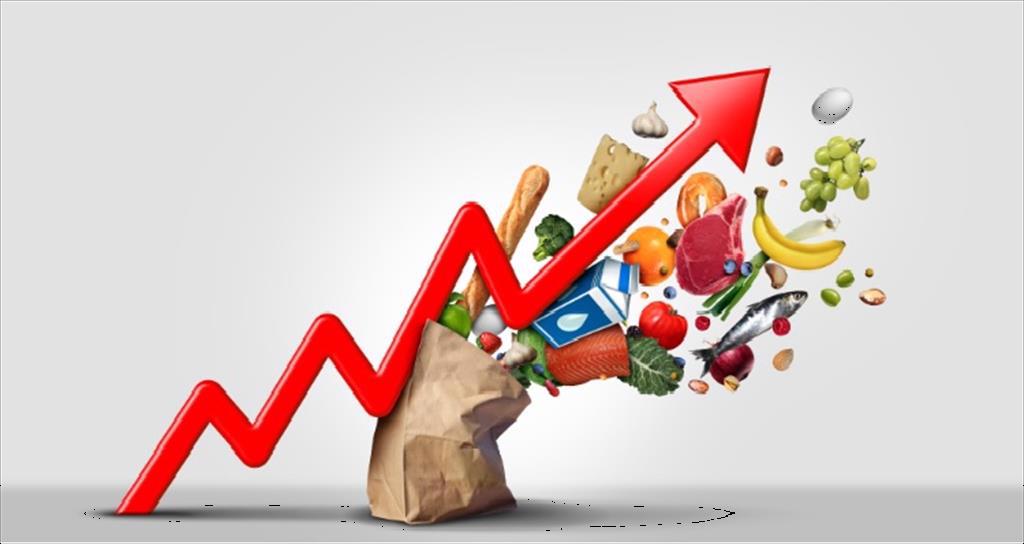
To control inflation, central banks may raise interest rates, but this also has negative effects. Higher interest rates can increase borrowing costs, affecting investment and spending. Investors may shift their investments to assets that retain value, such as gold or real estate, to protect against inflation.
A more severe situation of inflation is "hyperinflation." Hyperinflation is when inflation skyrockets uncontrollably, especially on a monthly or even weekly basis, leading to severe consequences for daily life.
One common cause of hyperinflation is "money printing" without corresponding economic growth. When a government prints excessive money without matching increases in the production of goods and services, it results in uncontrolled price increases, causing the real value of money to plummet.
Historical examples of hyperinflation include Zimbabwe, which experienced a catastrophic hyperinflation from 2000 to 2009. The peak of this crisis occurred in November 2008, when inflation reached a record 79.6 billion percent per month, causing prices to nearly double every 24.7 hours.
5. The Relationship Between Inflation and Cryptocurrency
High inflation rates for fiat currencies can drive individuals to invest in cryptocurrencies, as the value of dollars or euros in savings accounts depreciates over time. Bitcoin and some other cryptocurrencies like Ethereum offer an alternative for investors. The economics of the Bitcoin market are complex, but certain features of this digital currency can help it resist inflation.
Bitcoin is not subject to government control over reward rates or printing more money to achieve policy goals.
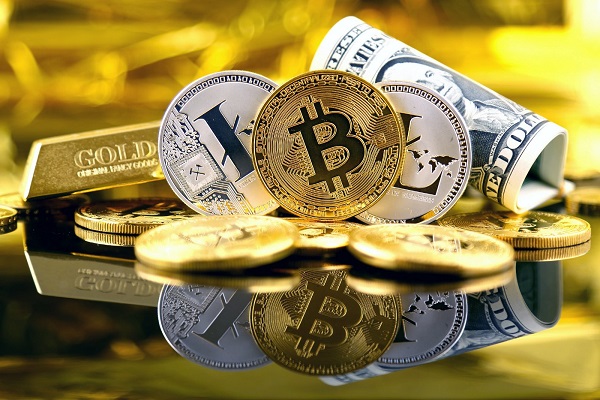
Similar to gold and other scarce value assets, the common belief about Bitcoin is that it will increase in value during uncertain times. (However, this is not always true—during the early COVID pandemic, for example, its price fell sharply along with the stock market.) Bitcoin is also a more convenient way to store and transfer value compared to gold—it can be easily sent over the internet.
Scarcity is a key factor in making value sources resistant to inflation. There will never be more than 21 million bitcoins. Currently, about 19 million bitcoins have been mined. Every ten minutes, miners process a new "block" and add 6.25 bitcoins to the network. (By 2024, the mining reward will reduce to 3.125 bitcoins and will halve every four years until all bitcoins are mined. This mechanism, designed into the Bitcoin protocol, is called "halving.")
The gradual reduction in new supply over time makes Bitcoin uniquely predictable—unlike gold, no more new bitcoins can be "discovered."
6. Is Bitcoin a Solution for Inflation?
In the face of inflation challenges, governments and central banks often implement a range of measures to control the situation. One common approach is raising interest rates. When interest rates increase, borrowing money becomes more expensive, which encourages individuals and businesses to reduce spending and investment. This helps control inflation by decreasing demand in the economy.
Another action is for the government to reduce spending to lower consumption demand. This might involve cutting budgets for non-essential projects and programs to ensure that the money supply does not increase too rapidly.
Thirdly, central banks can control the money supply by reducing the amount of cash in circulation. By doing so, they can slow down the growth rate of money and manage inflation levels.
Although inflation is not always detrimental, as in the case of "good" inflation when it is combined with economic growth and low unemployment, hyperinflation can have severe consequences. It not only exacerbates poverty but also increases instability and erodes confidence in institutions.
In this context, Bitcoin offers a potentially positive solution to combat inflation due to the following characteristics:
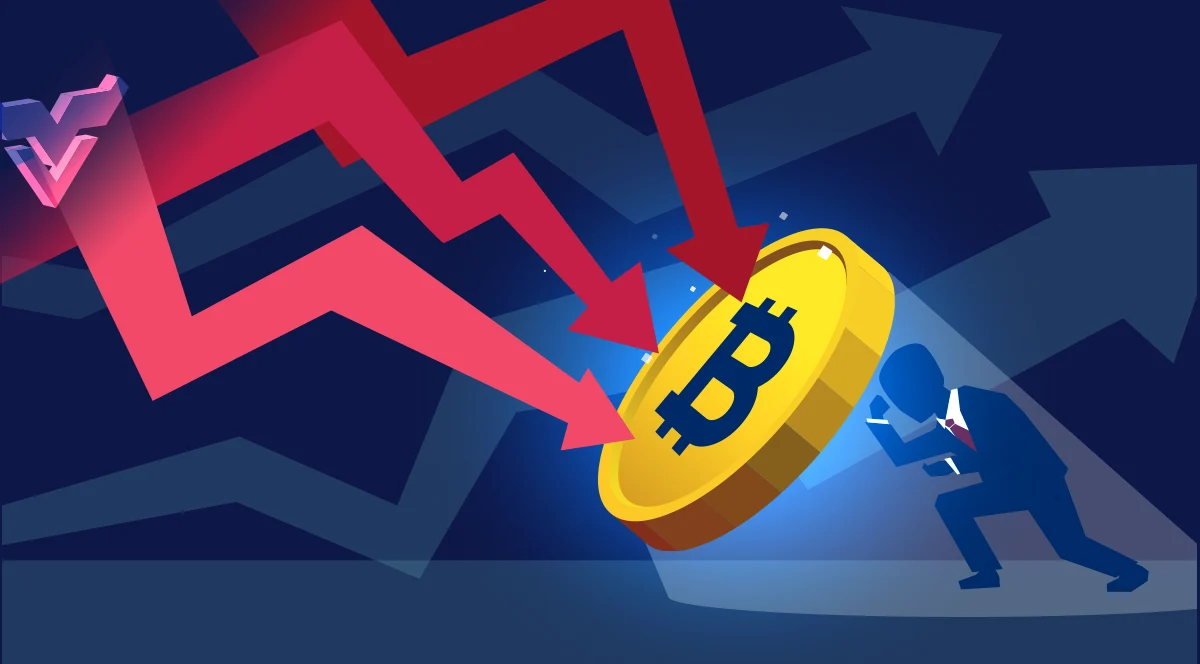
-
Limited Supply: Bitcoin has a fixed and limited supply of 21 million coins. Its value can be preserved by this scarcity, especially when compared to the unchecked money printing of many countries.
-
Independence: Bitcoin is not dependent on government systems or traditional financial institutions. This increases its ability to maintain value in uncertain financial situations or during inflation.
-
Inverse Volatility: In some cases, Bitcoin might exhibit inverse volatility, meaning that when inflation rises, Bitcoin's price could increase. This happens as investors seek assets that can retain value under inflationary conditions.
-
Store of Value: Similar to gold, Bitcoin is considered a store of value during periods of inflation. Its limited supply (21 million Bitcoins) prevents it from losing value due to money printing, making it a valuable asset in an inflationary context.
-
Asset Protection: Investors may use Bitcoin as a safeguard against the devaluation of currency. During inflationary periods, converting assets into Bitcoin can help preserve asset value.
-
International Transactions: Bitcoin can be sent and received internationally quickly and efficiently, without relying on central financial authorities. This can be useful in inflationary situations when traditional financial principles may be disrupted.
In summary, Bitcoin is not only deflationary but also highly decentralized. Its storage and transfer capabilities are secure, providing a flexible financial tool that is unaffected by inflation. This has made Bitcoin a popular and robust choice as a potential hedge against economic issues related to inflation.
7. Conclusion
Read more:

 English
English Tiếng Việt
Tiếng Việt
.jpg)

.jpg)
.jpg)
.jpg)

.jpg)
.jpg)

.jpg)
.jpg)
.jpg)




